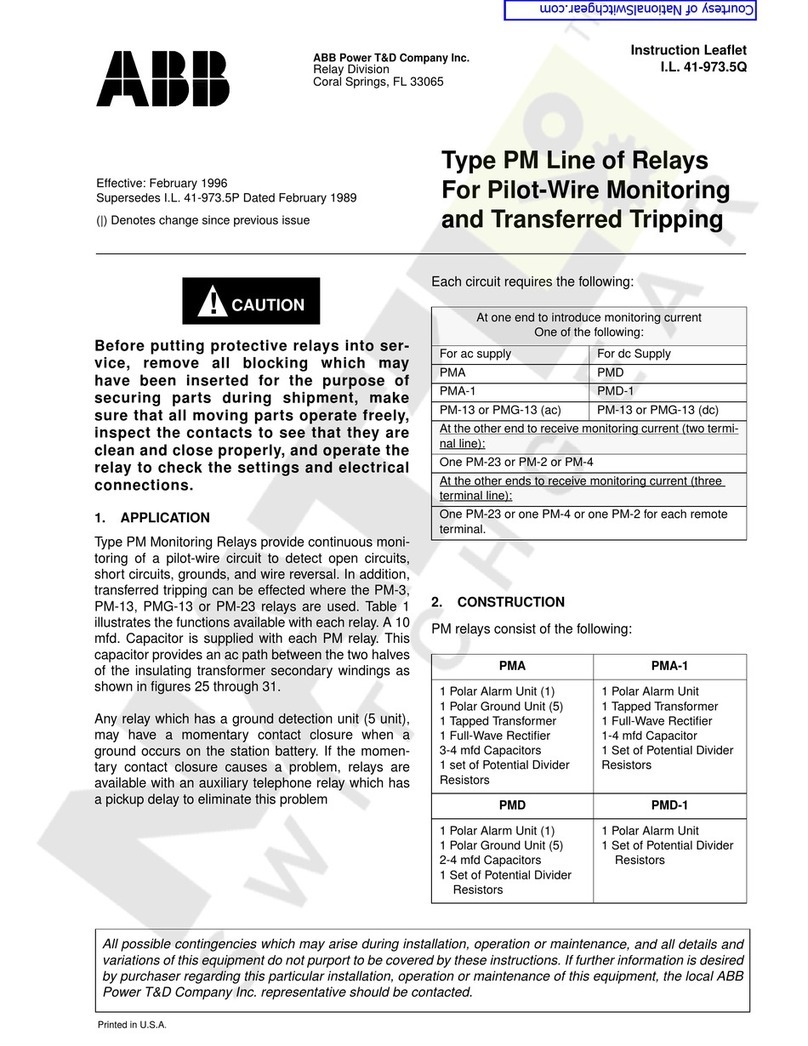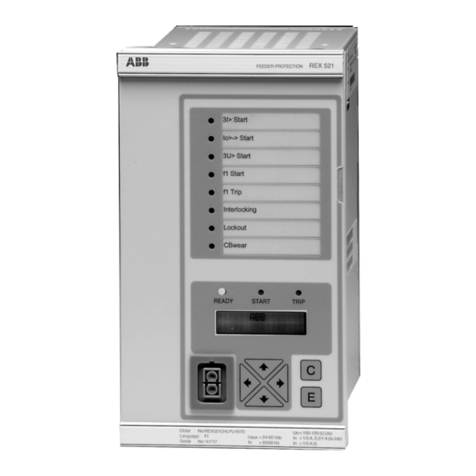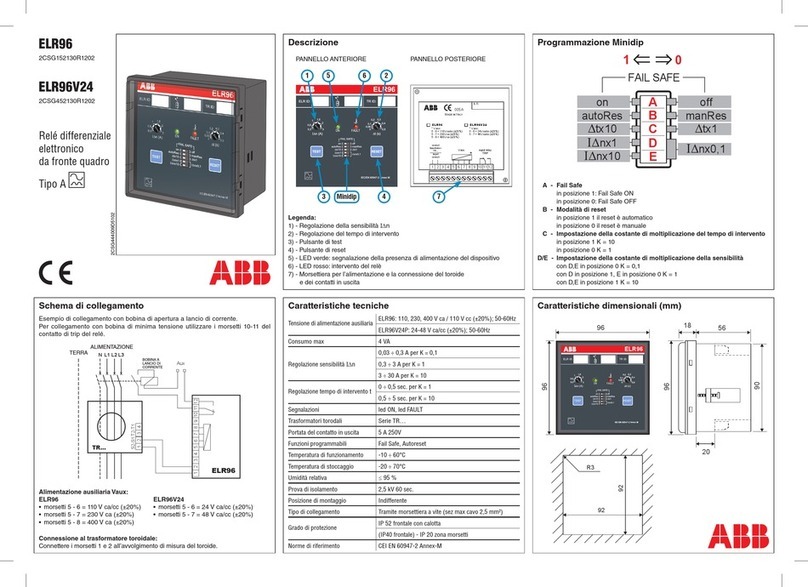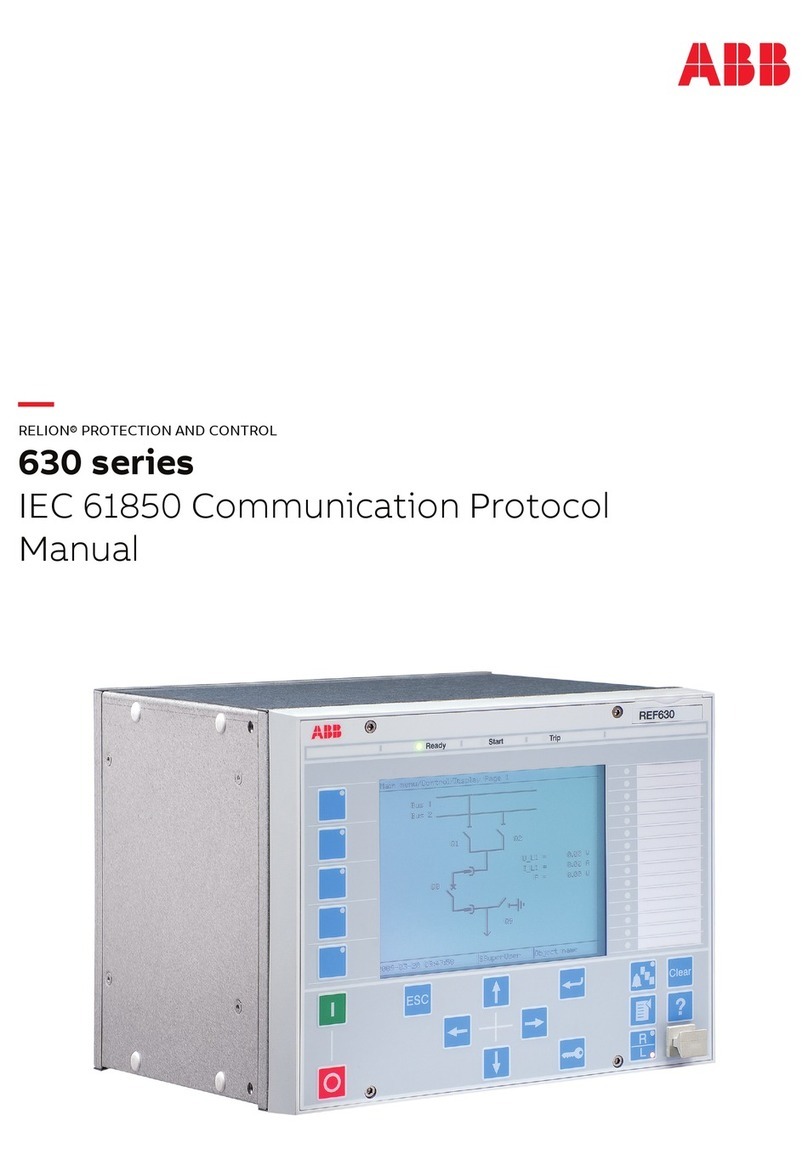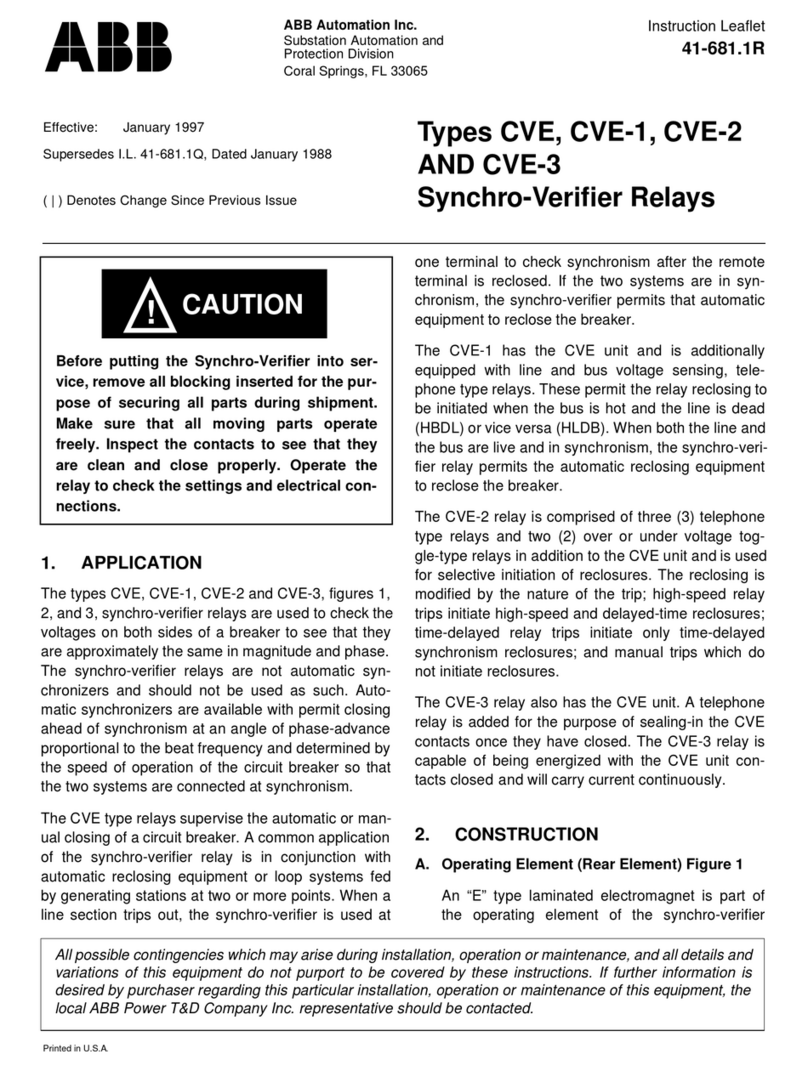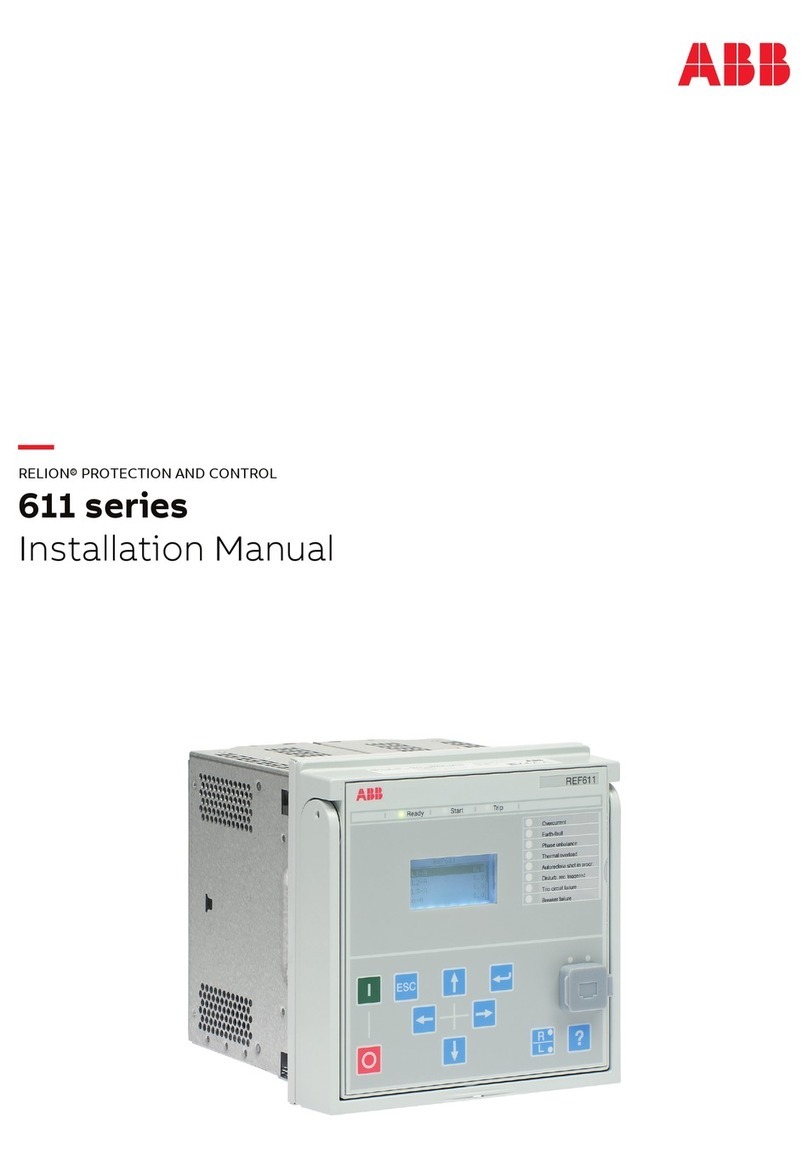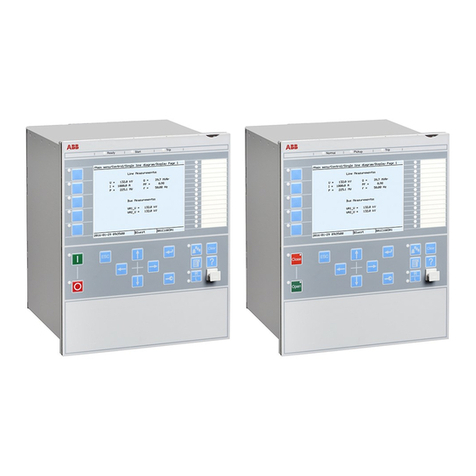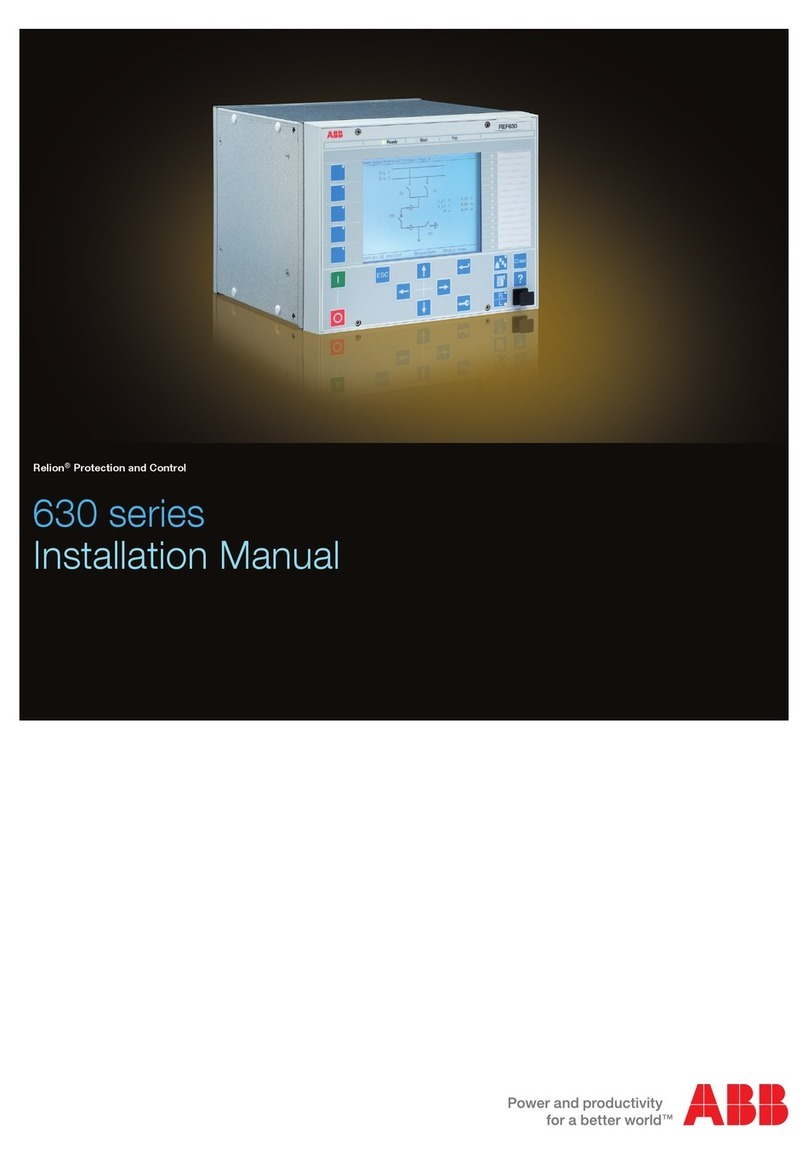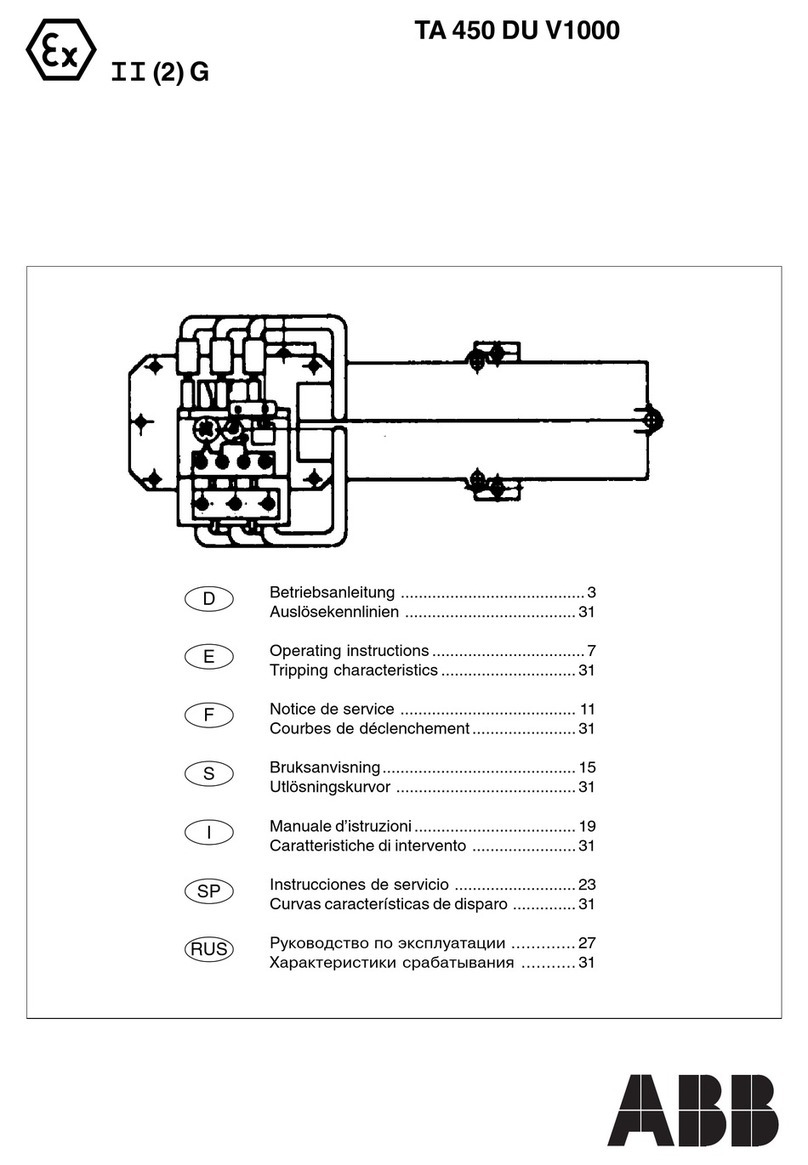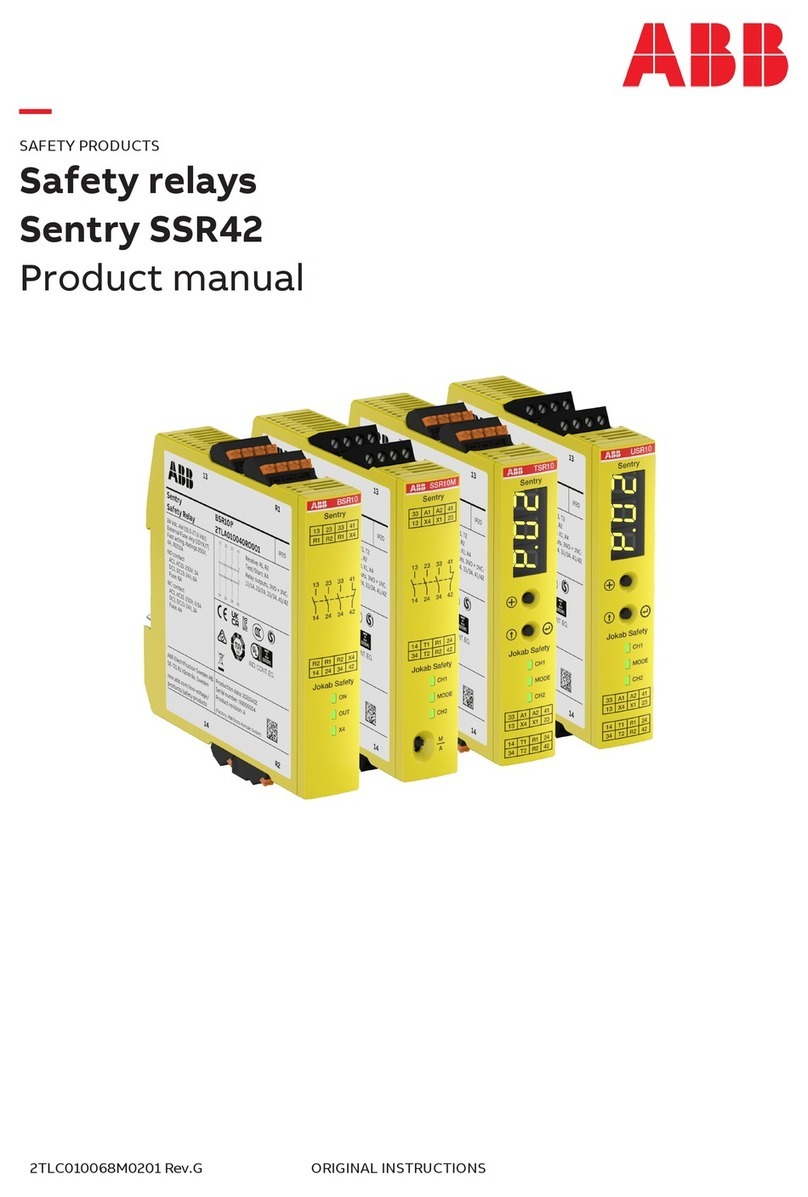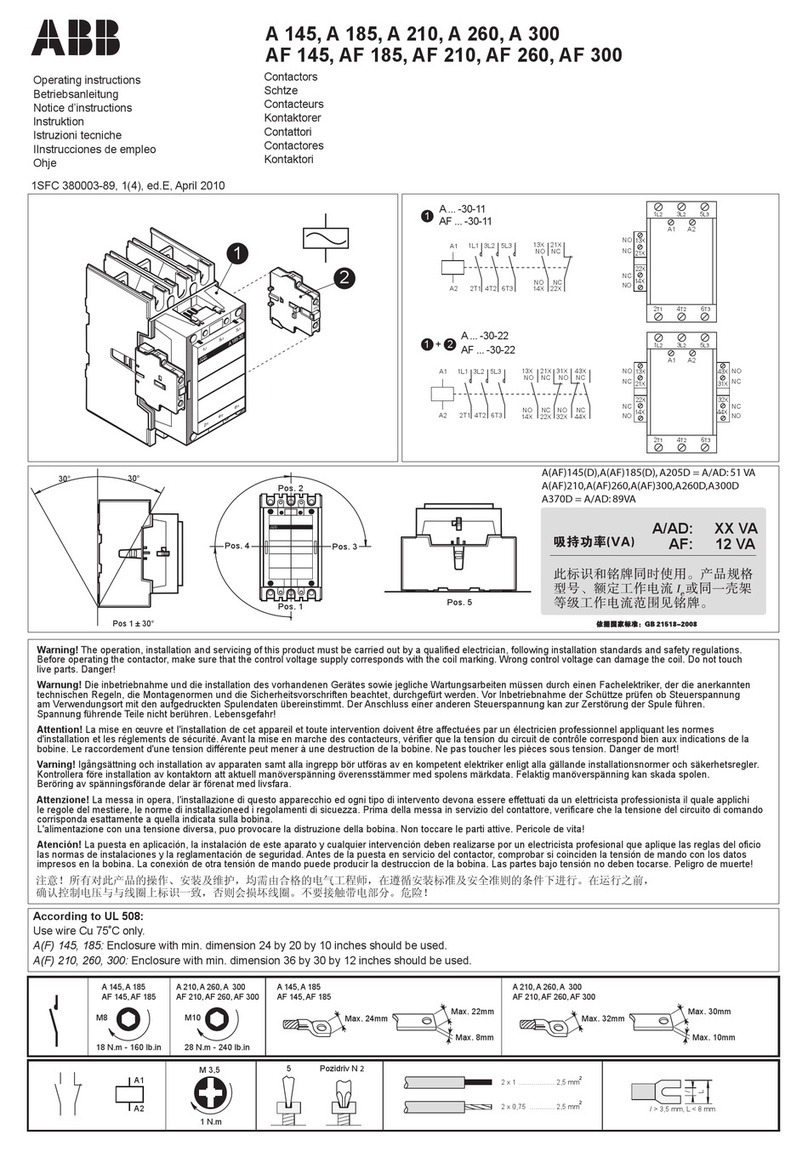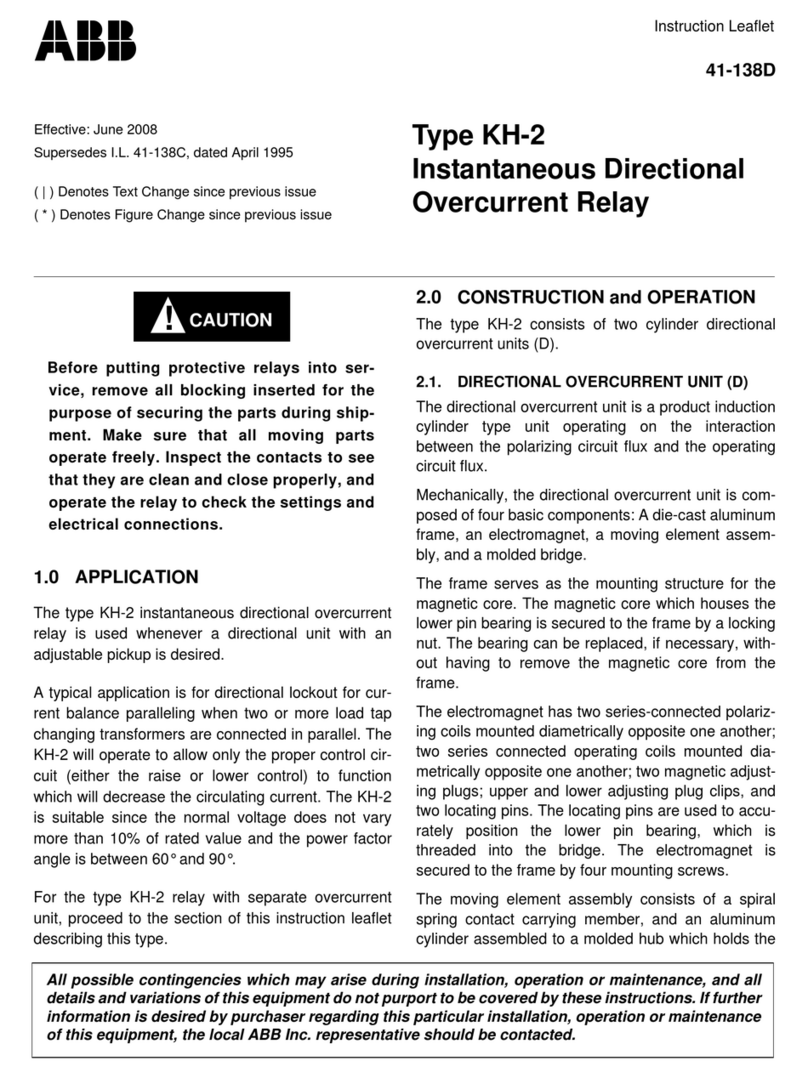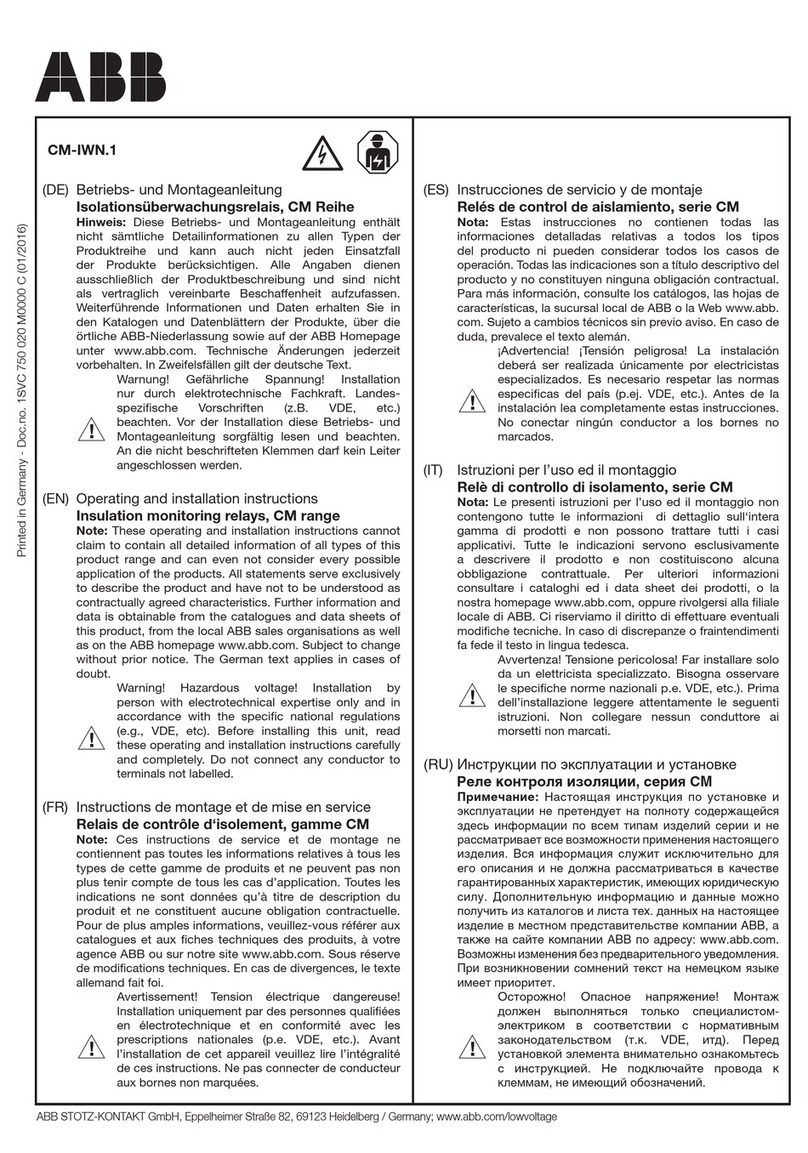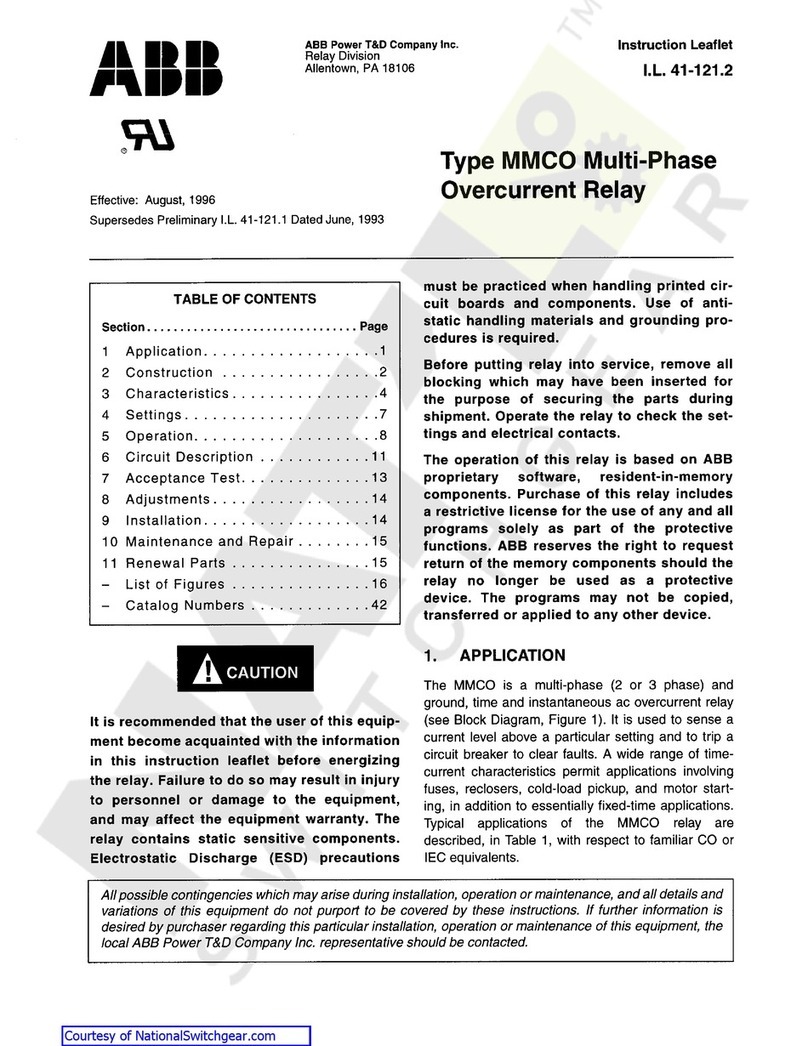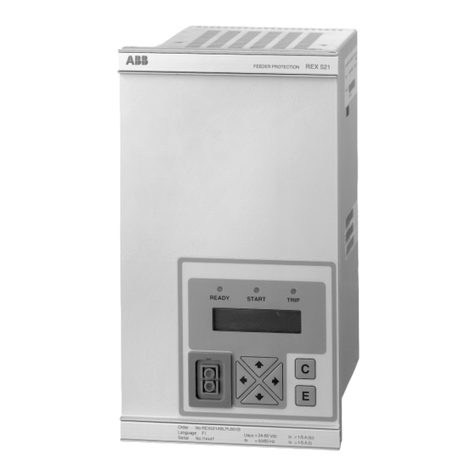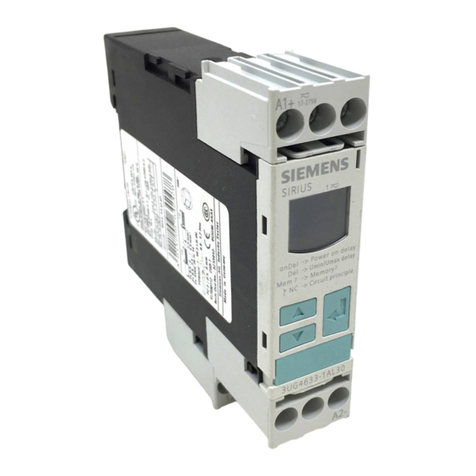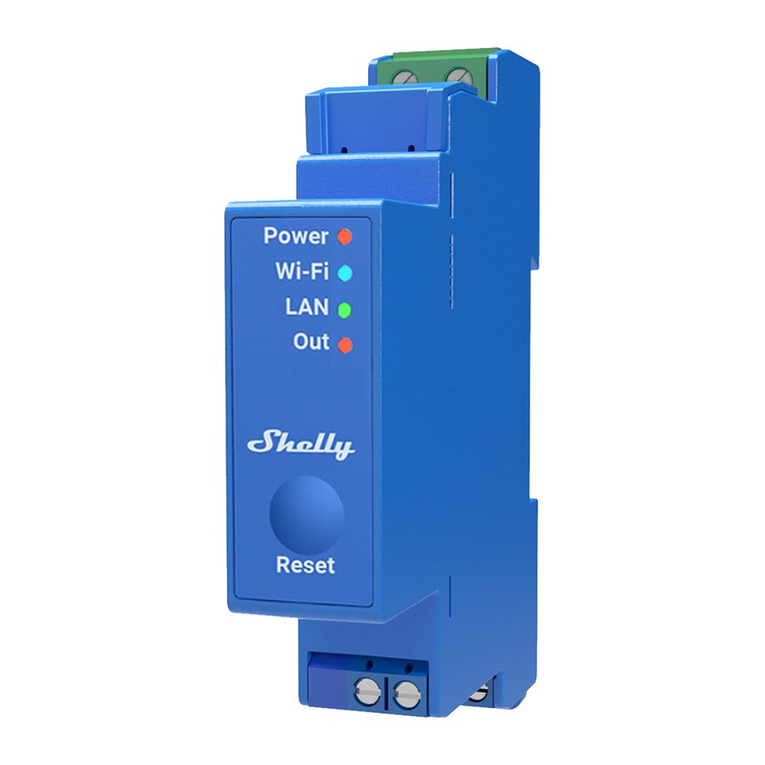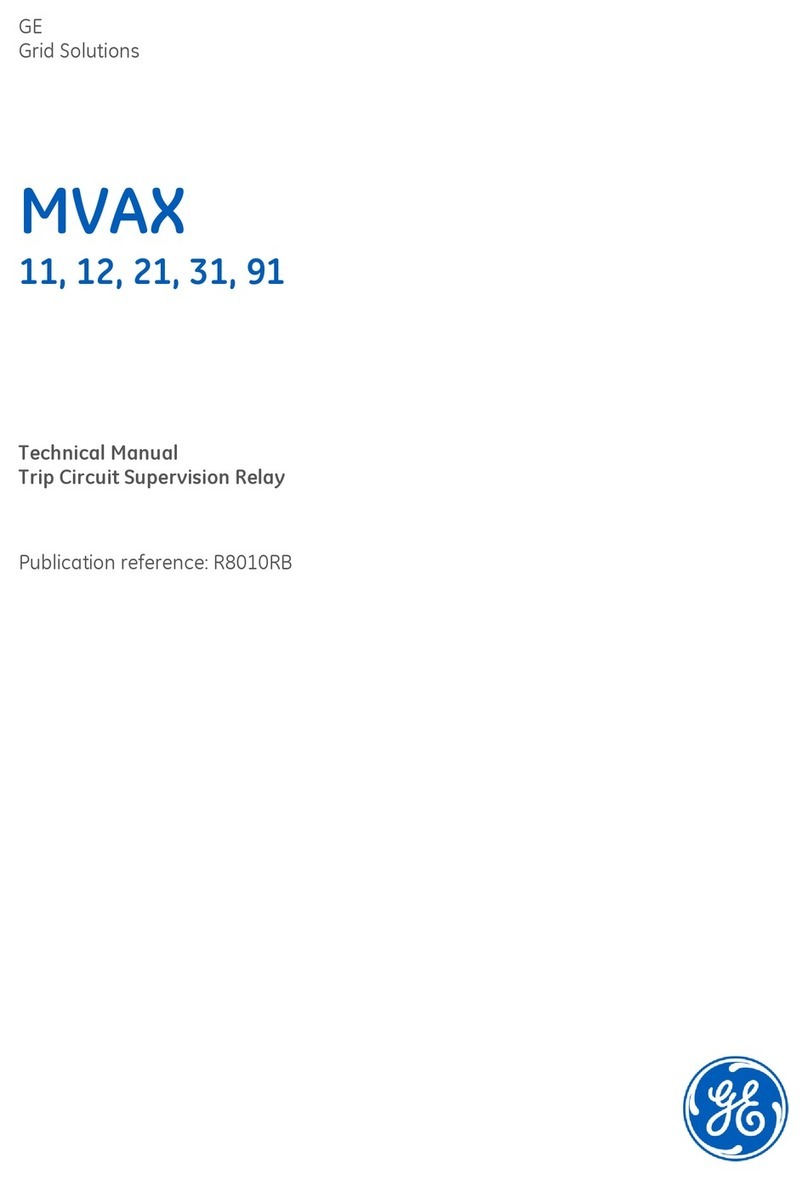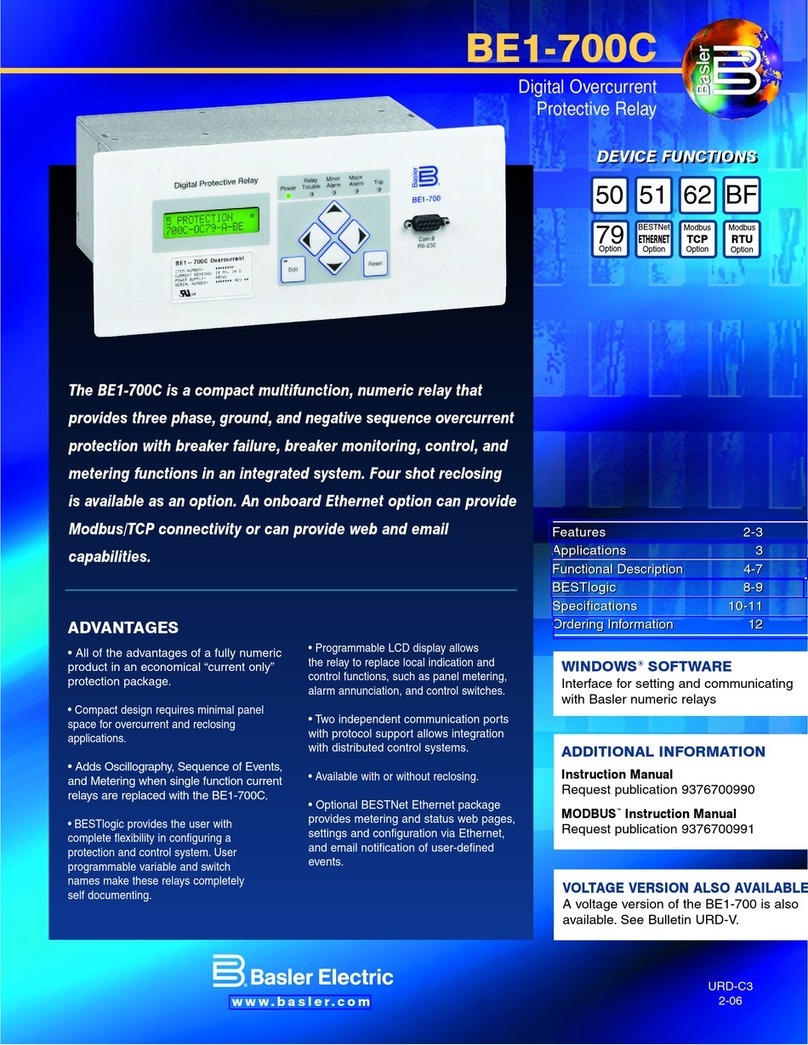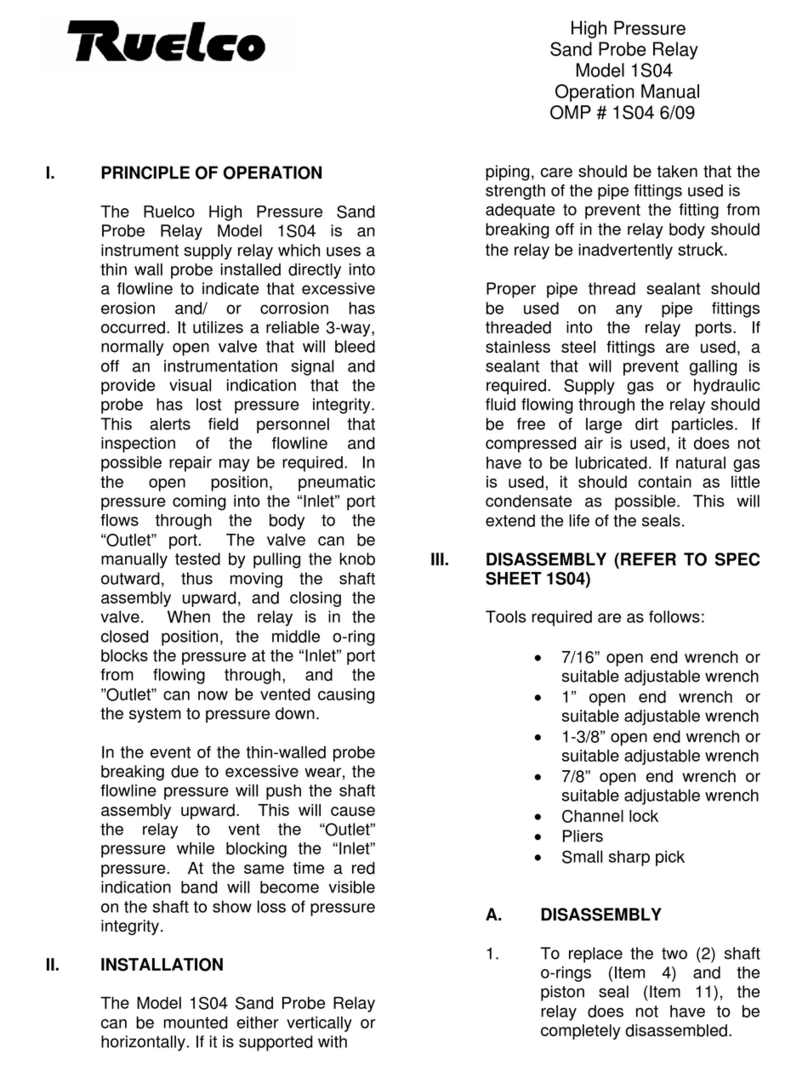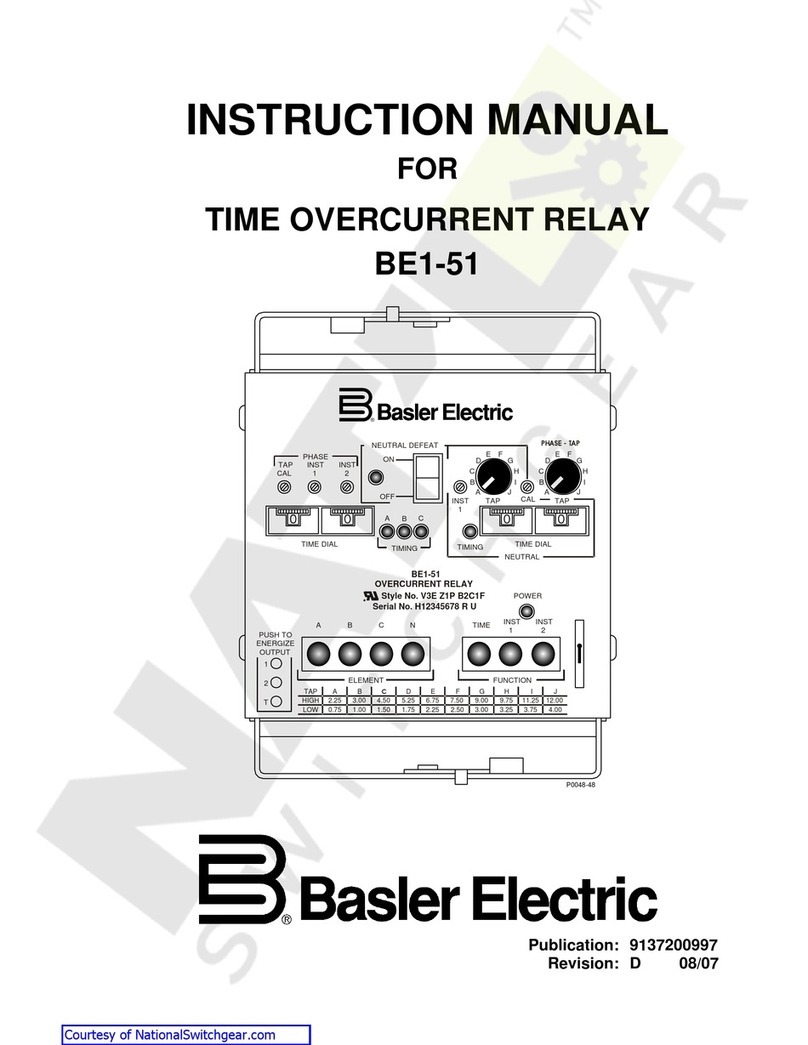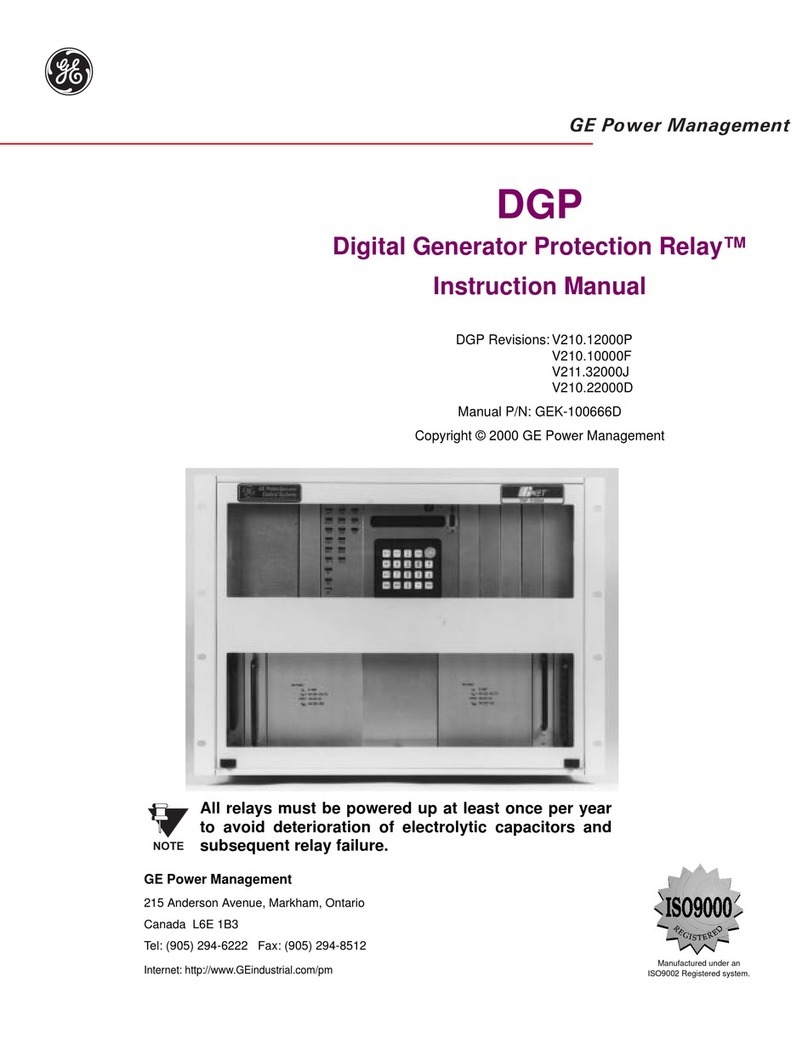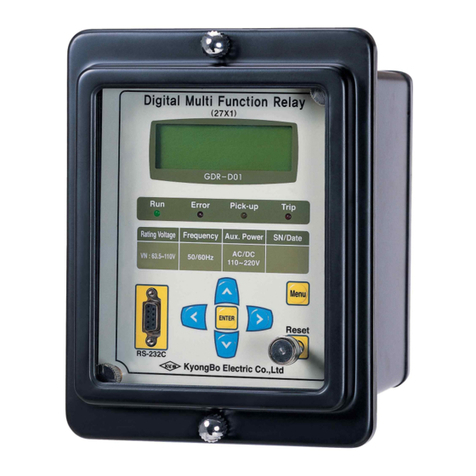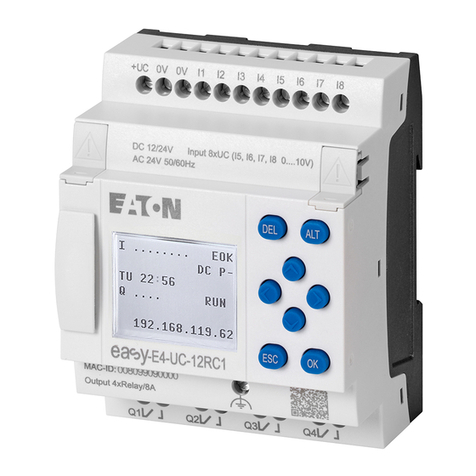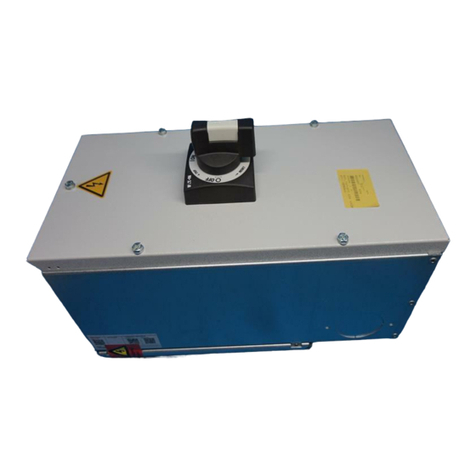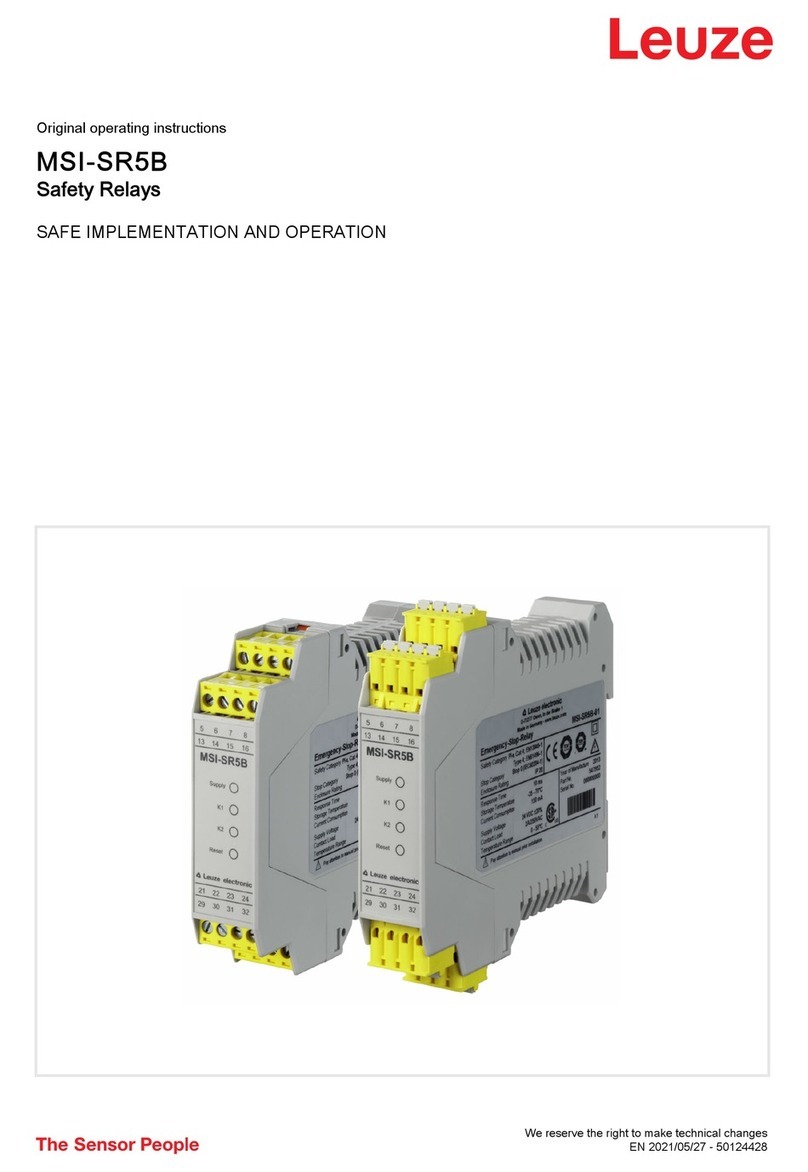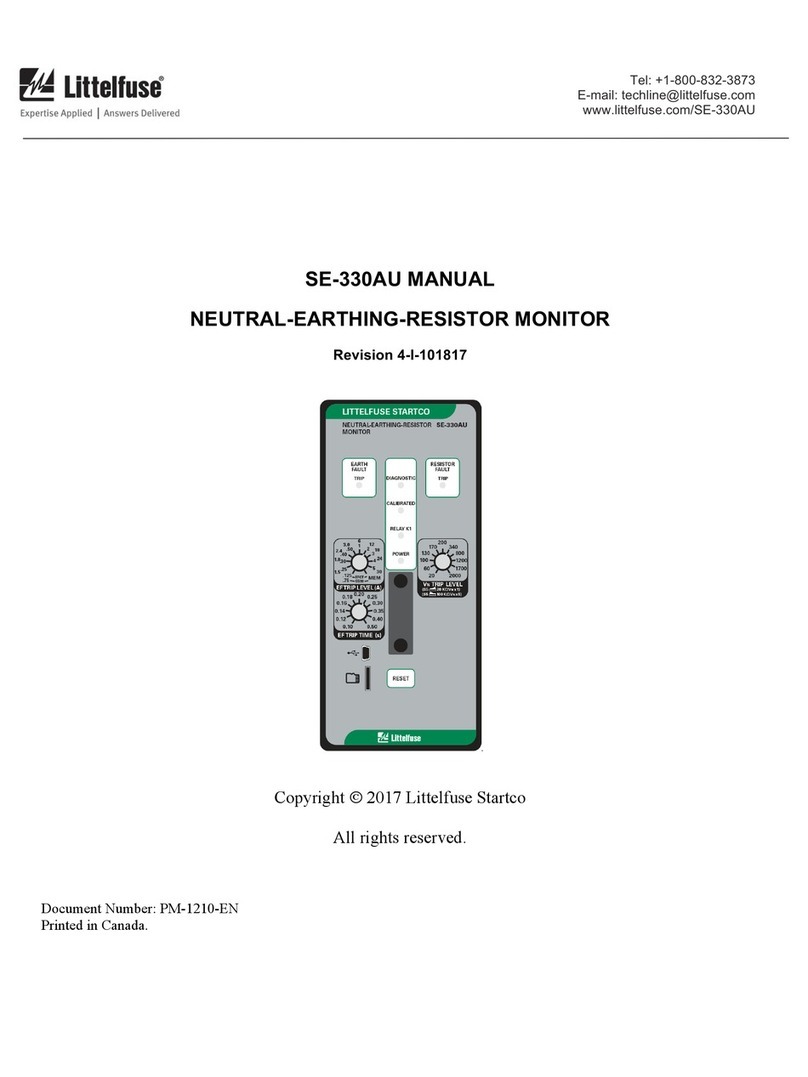
Distributed busbar protection REB500 1MRK 505 352-BEN
Product version: 8.2 Issued: 2016-03-01
Revision: -
8ABB
2. Main features
Low-impedance busbar protection
·High functional reliability due to two independent
measurement criteria:
-stabilized differential current algorithm
-directional current comparison algorithm
·Short tripping times independent of the plant’s size or
busbar configuration
·Phase Segregated measurement
·Stub and T-zone protection
·Reduced CT performance requirements
-High through-fault stability even in case of CT
saturation
-No switching of CT circuits
Modular and flexible architecture
·Multiple modes of installation
-Centralized layout:
Installation of bay units and central unit in one or
several cubicles
-Distributed layout:
Bay units distributed with short connections to CTs,
isolators, circuit breakers, etc.
·Interference-proof connections between bay units and
central unit by fiber-optic cables (max. 2000m)
·Replacement of existing busbar protection schemes
without restrictions e.g. in case of substation extensions
·Easily extensible
·Only one hardware version for
-Settable 1A and 5A rated current inputs
-Nominal frequencies of 50Hz and 60Hz
·Minimum number of spare parts needed due to
standardization and low number of varying units
Seamless substation automation integration
·User-friendly, PC-based interface (HMI)
·Operator integration into PCM600 for readout of
configuration, events and disturbance records.
·Communication with substation monitoring and control
system
-via IEC 61850-8-1 Edition 1 or Edition 2
-via IEC 60870-5-103
·Local HMI with comprehensive system information on
every unit
Supervision
·Fully numerical signal processing
·Comprehensive self-supervision
·Integrated event recording
·Integrated disturbance recording for power system
currents and voltages
·Optional redundant power supply for central units
Cyber security
·Secure communication
·User Access Management
·User Activity Logging
·Centralized account management
·Verified robustness
Additional options
·Breaker failure protection
·Check-zone protection
·End-fault protection
·Definite time overcurrent protection
·Breaker pole discrepancy protection
·Current and voltage release criteria for busbar
protection
·Separate I0measurement for impedance-grounded
networks
·Advanced user configurable logic capability
